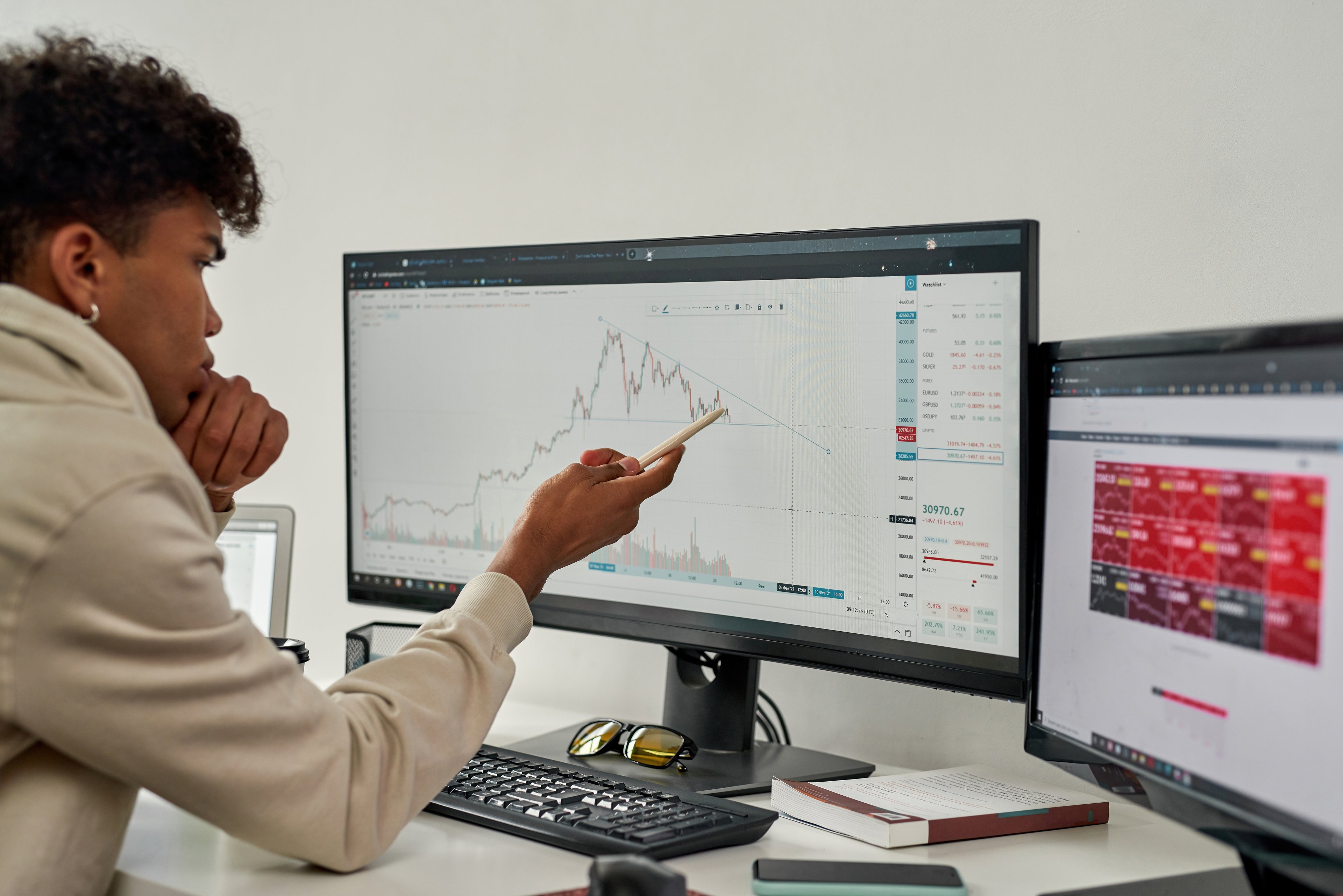In Warren Buffett's 2023 letter to Berkshire Hathaway (BRK.A +0.09%) (BRK.B +0.17%) shareholders, he touted the conglomerate's 3,787,464% gain since 1965 and invited readers to "peek behind the curtain" to see Berkshire's secret.
The secret was investing in companies that increase their dividends dramatically over the years. Buffett pointed to Coca-Cola (KO +0.34%) and American Express (AXP +0.24%) as examples, noting that Berkshire had paid $1.3 billion for each of those positions in the 1990s. At the time of his letter, nearly 30 years later, Berkshire was collecting more than $1 billion a year in dividends from those two investments.

Image source: Getty Images.
Clearly, collecting more than $1 billion a year on two investments that cost $2.6 billion between them is an income investing success story -- especially if, as Buffett predicted, those income streams are "highly likely" to keep growing. The Oracle of Omaha was right about that: Coca-Cola and American Express have raised their dividends by 19% and 91%, respectively, since his 2023 letter.
These two positions together comprise less than 30% of Berkshire Hathaway's holdings. What about the rest of its portfolio? Let's look at the rest of Berkshire's top five biggest positions.
No. 1: Apple
Berkshire's biggest holding is Apple (AAPL +0.53%), with 280 million shares comprising 22.3% of its portfolio. The company has doubled its dividend since Buffett began buying shares in 2016.

NASDAQ: AAPL
Key Data Points
This means that Berkshire now collects $291.2 million a year in dividends from Apple. That's not bad on a total investment of about $40 billion, considering that Buffett has sold hundreds of millions of shares for significant gains along the way.
No. 2: Bank of America
Berkshire's 605 million shares of Bank of America (BAC +0.50%) amount to just over 11% of its portfolio. Buffett bought preferred shares of the stock in 2011, before converting them to common shares in 2017.

NYSE: BAC
Key Data Points
The move gave Berkshire Hathaway 700 million new shares at a price of $7.14 each. In the eight years since, Bank of America has nearly quadrupled its dividend, and now pays Berkshire more than $675 million in dividends per year. That's terrific for a total investment of not quite $10 billion, especially since Berkshire collected a 6% annual yield on those preferred shares until 2017.
No. 3: Chevron
Berkshire Hathaway first bought shares of Chevron (CVX 0.01%) in 2020, purchasing 44.3 million. It now owns 122 million shares, amounting to 6.8% of the portfolio.

NYSE: CVX
Key Data Points
Since Buffett first scooped up the hares, Chevron has raised its dividend by 32%. The 122 million shares pay Berkshire $835 million per year in dividends.
At an estimated average purchase price of $127, this means that Berkshire is collecting a 5.4% yield on its Chevron shares. While that's not as significant a yield as Berkshire's other "secret sauce" companies, this is a much more recent investment. After all, it took decades for Coca-Cola's and American Express' rising dividend payouts to truly snowball.
But as any longtime shareholder at Berkshire Hathaway can tell you, the returns are worth the wait. Important dividend streams may not materialize overnight. But Coca-Cola, American Express, Apple, Bank of America, and Chevron are now paying for themselves every few years with their annual dividend income, or are just a few dividend hikes from getting there. Since these five companies account for 70% of Berkshire's portfolio, that's a very big deal.
In just a few months, Buffett will step down as Berkshire's chief executive officer, and the shares of the conglomerate are suffering because of it. But if these companies can continue raising their dividends in the years after his departure, the most important thing his successors can do might be simply sitting back as these dividend payers work their magic. If they do, Berkshire Hathaway shares should remain a buy.









